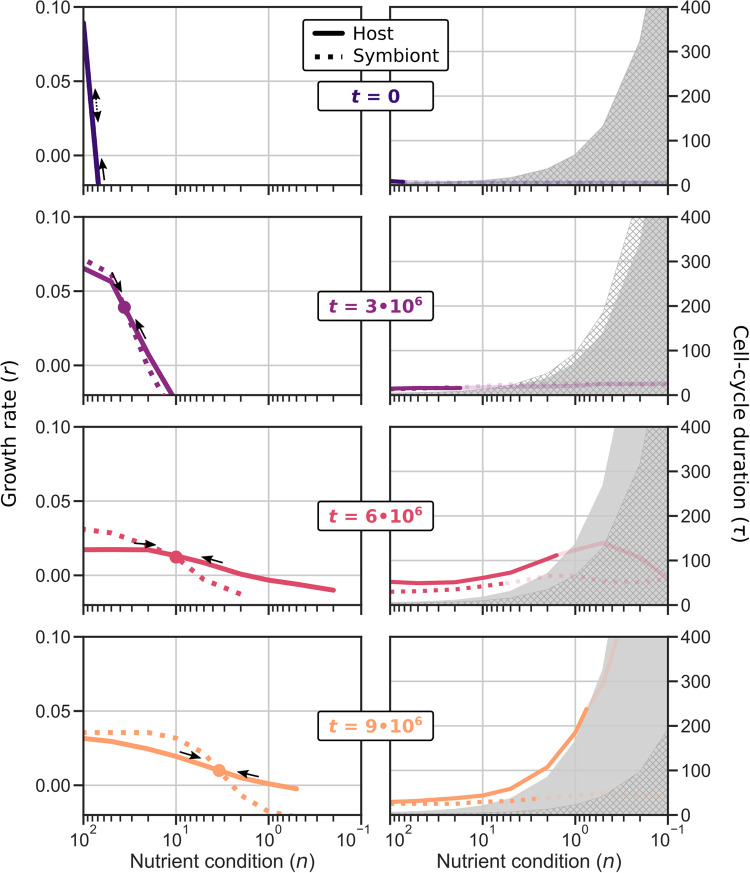Fig. 5. Evolution of host–symbiont cell-cycle coordination.
Host–symbiont cell-cycle coordination evolves, first through differential cell-cycle timing, later through niche differentiation whereby the host becomes a generalist and the symbiont a specialist. Each row shows the growth rates (left panels) and cell-cycle durations (right panels) of an ancestor of the P9 replicate. In contrast to Fig. 4, the x-axis here depicts fixed nutrient conditions where host and symbiont cell-cycle dynamics are assessed independently. The gray areas in the cell-cycle duration panels mark the minimum possible duration of a successful cell cycle (with enough time for replication) given the genome size of the host (filled) and symbiont (hatch). The cell-cycle duration is only drawn in bold for the range where ρ > 0.5, which roughly coincides with r > 0.

